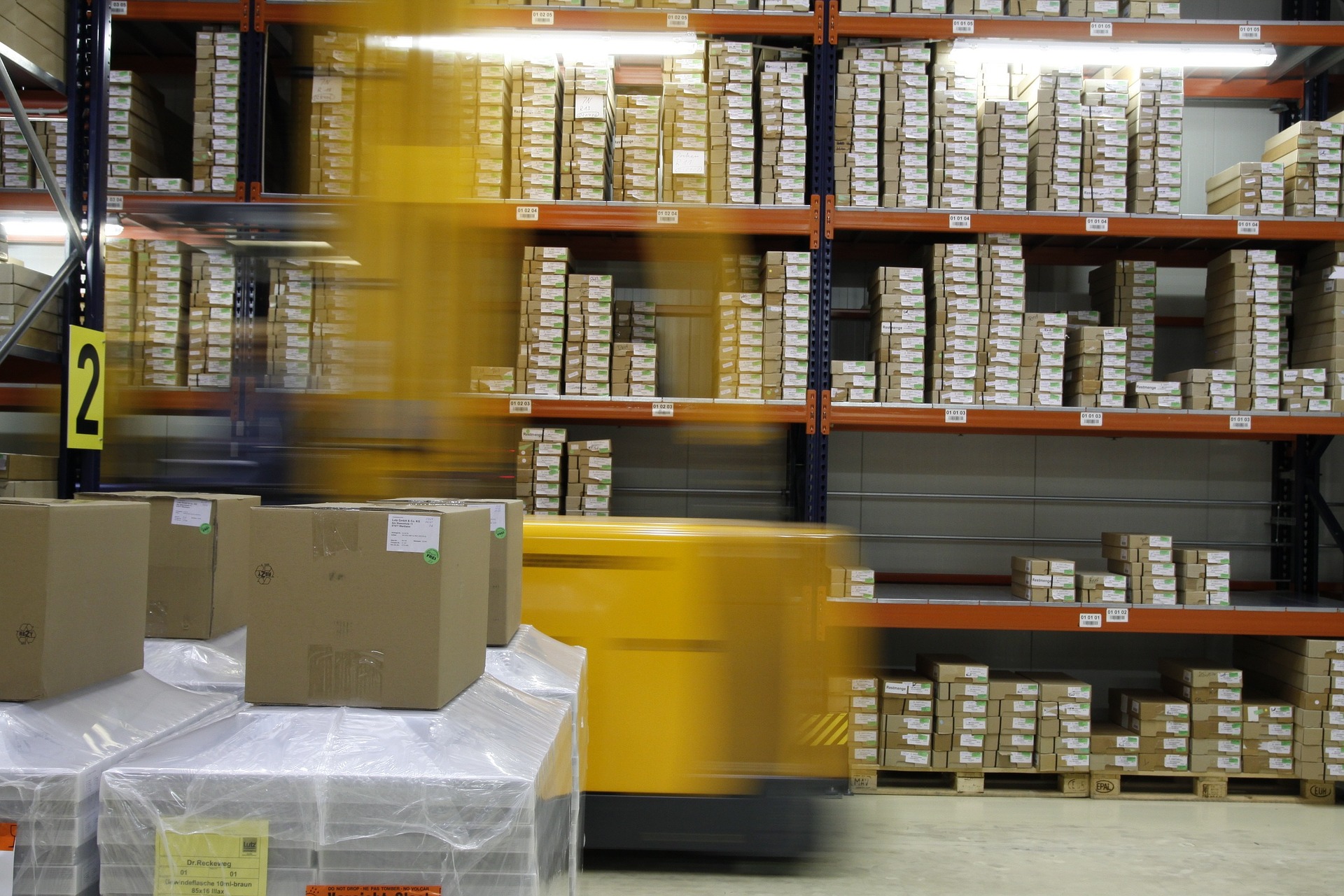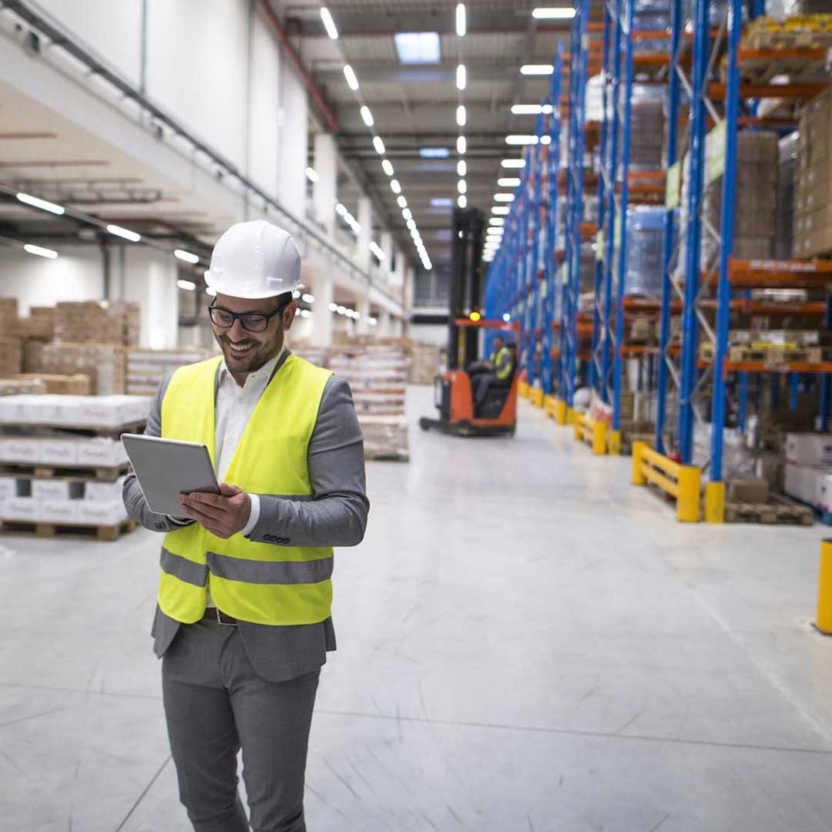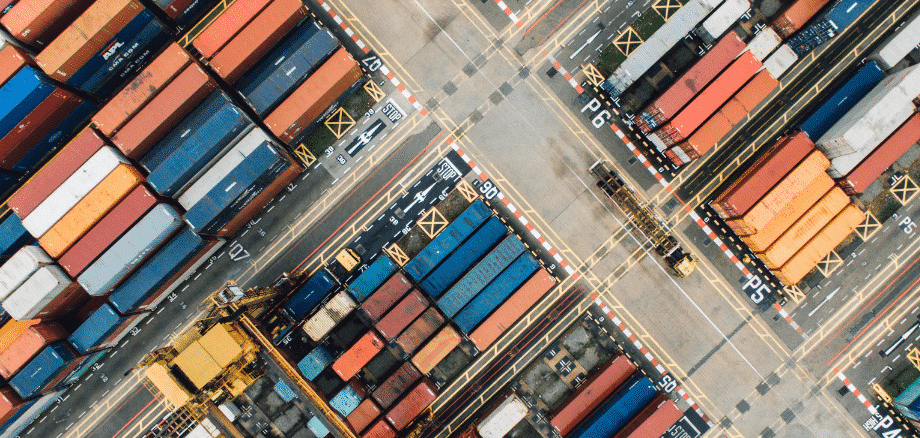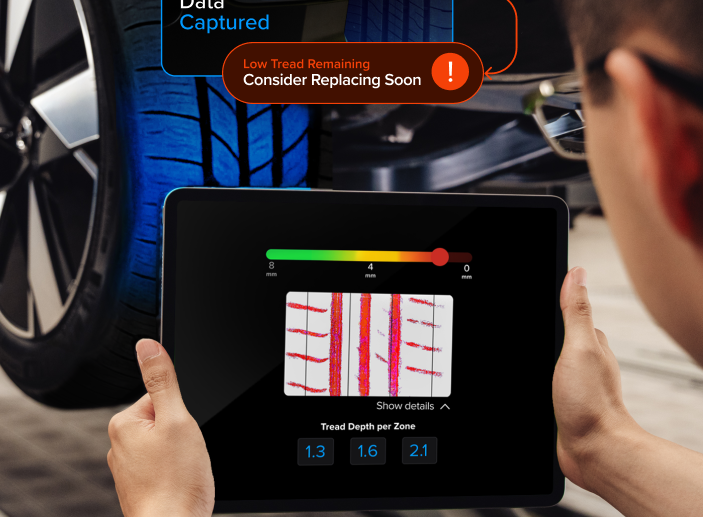
How to Improve Your Supply Chain Strategy with Mobile Data Capture and Barcodes
Is it time to update your supply chain strategy? In the last year, we’ve seen big challenges worldwide supply chains, with companies turning away from Just in Time (JIT) to build up inventories to minimize the risks against the lack of stability and growing unpredictability. With so much uncertainty present, there’s never been a more important time to improve asset visibility and traceability through the integration of mobile data capture.
If these issues sound familiar, you will find answers to the key questions your business should be asking right now, like:
- Does your supply chain strategy fit your business needs?
- Is your current supply chain strategy resilient?
- How does mobile data capture work for supply chain management?
- What kind of devices do you need?
- How to future-proof your supply chain strategy

1. Does your supply chain strategy fit your business needs?
Every supply chain needs to be built on the principles of cost efficiency, reliability, and being lean. To minimize costs and ensure reliability, consider how well the current supply chain strategy is the best plan for the company.
First, start with the current strategy in place to determine if it is the ideal choice for your business model. Most B2B companies should switch to a wholesale model rather than dropshipping, which is better geared towards online-based companies.
Next, think about third-party logistics (3PL). Are you overspending or getting the best deal? Work around supplier preferences by asking for a switch, especially when the existing 3PL is simply out of budget.
2. Is your current supply chain strategy resilient?
Disruption is a big problem and, as we’ve seen in the last year, it takes a single incident to create global problems. Here’s what to do to ensure you have a resistant plan in place to overcome these risk:
To do that:
- Ensure you have vendors and logistics companies aligned to cover for existing suppliers if they fail to meet your needs.
- Interrogate your current setup. How much space do you have for inventory? Is there enough to enable fast expansion or a rapid drop in inventory if you need to?
- Avoid the use of manual data collection as a sole solution. Instead, move away from poor data management to improve efficiency and reduce mistakes.
3. How does mobile data capture work for supply chain management?
Mobile data capture involves scanning and collecting valuable data using any type of mobile device. This could be a rugged computer or a smartphone. This technology allows workers to capture data from barcodes, serial numbers on shipping labels, container numbers as well as vehicle license plates in a matter of a few seconds.
The use of this technology enables greater visibility throughout the supply chain. It collects real-time supply chain information. This data can then inform:
- Shipping and receiving
- Real-time sales
- Requests for product information from either employees or customers
- Stock-taking data
- Current inventory levels
- Proof of delivery
This technology also allows for ERP updates to happen in real-time, including scanning and emailing inventory workflows directly to the responsible party. This also allows teams to better understand inventory patterns, potentially enabling improvement of operations.
4. What kind of devices do you need?
Mobile data capture for barcodes and optical character recognition (OCR) can be easily integrated into all standard ruggedized devices and smartphones. This flexibility means there is no need to replace existing hardware, enabling workforces to continue with their trusted equipment. What’s more, the upfront cost per unit is often less than purchasing a specific, dedicated scanning device – these devices often cost 5 times as much to provide the same service.
Modern ruggedized devices and smartphones perform on par or even better than many dedicated scanning devices. They provide numerous benefits such as greater versatility for multiple tasks, and cloud connectivity, which allows retailers and others to centralize the collection and storage of data in real time. By contrast, dedicated scanning devices often require end-of-shift syncing, which could mean data is already dated.
5. How to future-proof your supply chain strategy
New tech requires the building of processes that ensure resilience and sustainability well into the future. Take these steps to ensure the best outcome.
- Remove all manual data entries from all processes.
- Use an encrypted barcoding system to avoid security risks.
- Add mobile data capture that operates both on and offline to ensure teams continue to work when internet connectivity problems develop.
- Select vendors for technology offering platform and device solutions that do not require a specific device or system to be used.

